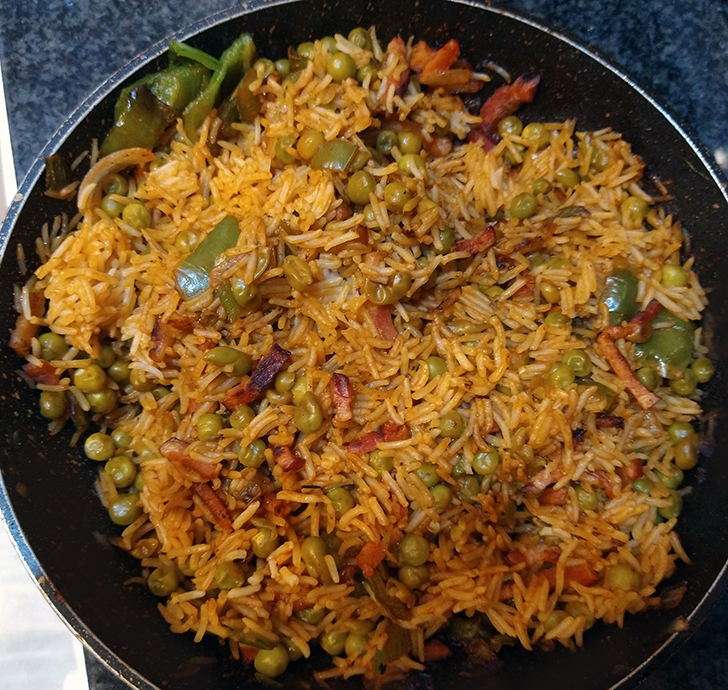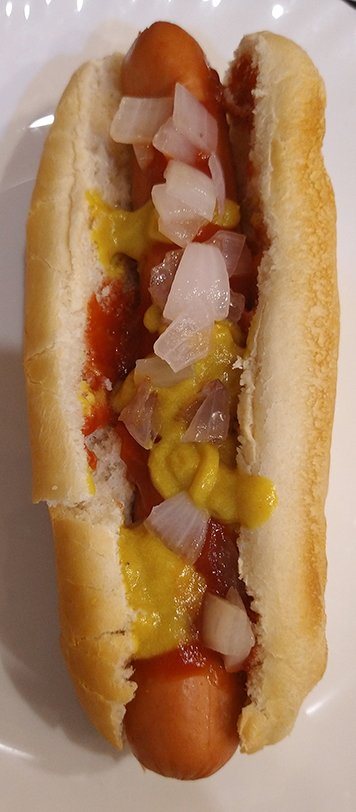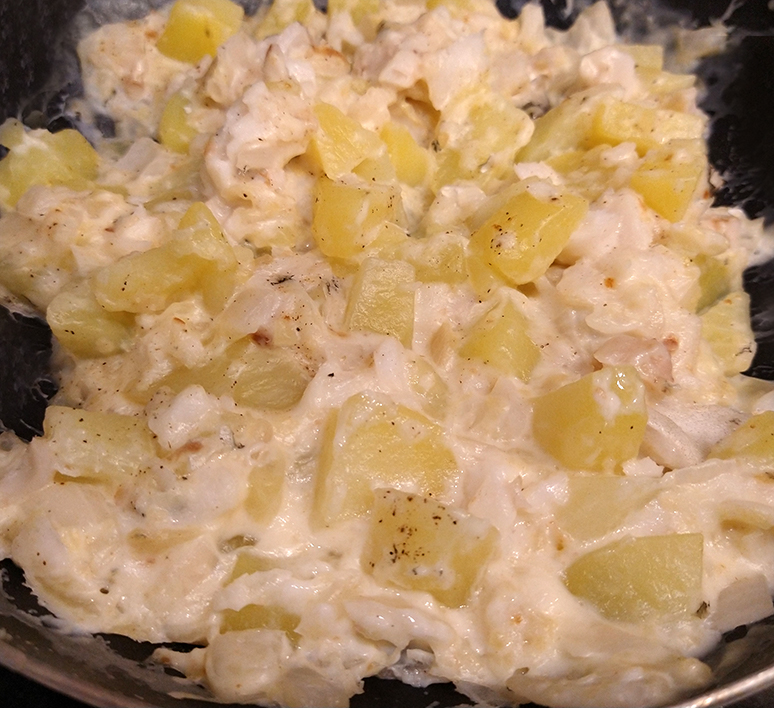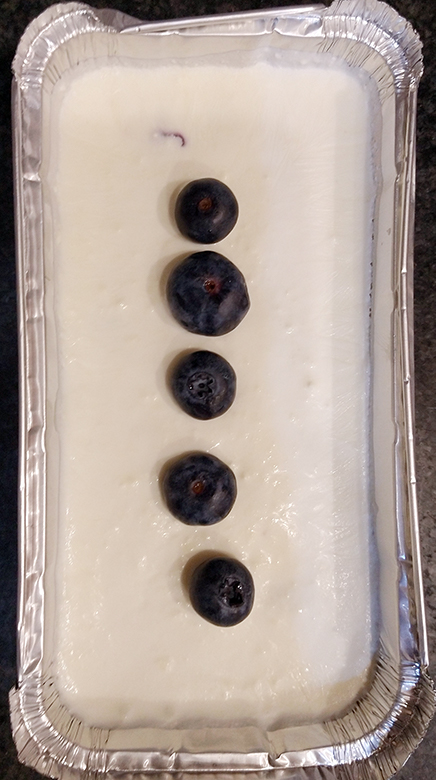What makes dynamic strategic problems difficult? Evidence from an experimental study – an experimental study showing that “people do poorly even in this complete information condition, and importantly, they show limited improvement compared to the more complex conditions that require complex learning.”
Behavioral Visibility: A New Paradigm for Organization Studies in the Age of Digitization, Digitalization, and Datafication – A lot of people are working online now. The study then explores how we can become “visible” in this digital age. I can identify with the paradoxes they enumerated in their paper: Connectivity paradox where employees who want to connect with their colleagues may cause interruptions. Performance paradox where people who spend time working hard on a task may not have time to make their work visible. Transparency paradox where organizations which want greater communication can end up obscuring activities.
Theorizing Actor Interactions Shaping Innovation in Digital
Infrastructures: The Case of Residential Internet Development
in Belarus – shows the various interactions that occur during infrastructure development. They made a 2×2 matrix mapping these interactions as symbiotic generative, symbiotic mutualistic, parasitic complementary and parasitic competitive
The coauthorship networks of the most productive European researchers – prolific researchers publish with other highly cited collaborators. Not super surprising. Yet, this is something that I always have to remind myself. You have to find productive collaborators who will help you push your research forward.
Sources of innovation for new medicines: questions of sustainability – describes the decline of the pharmaceutical industry. It shows decreasing new company formation, and decrease in number of companies involved in R&D








